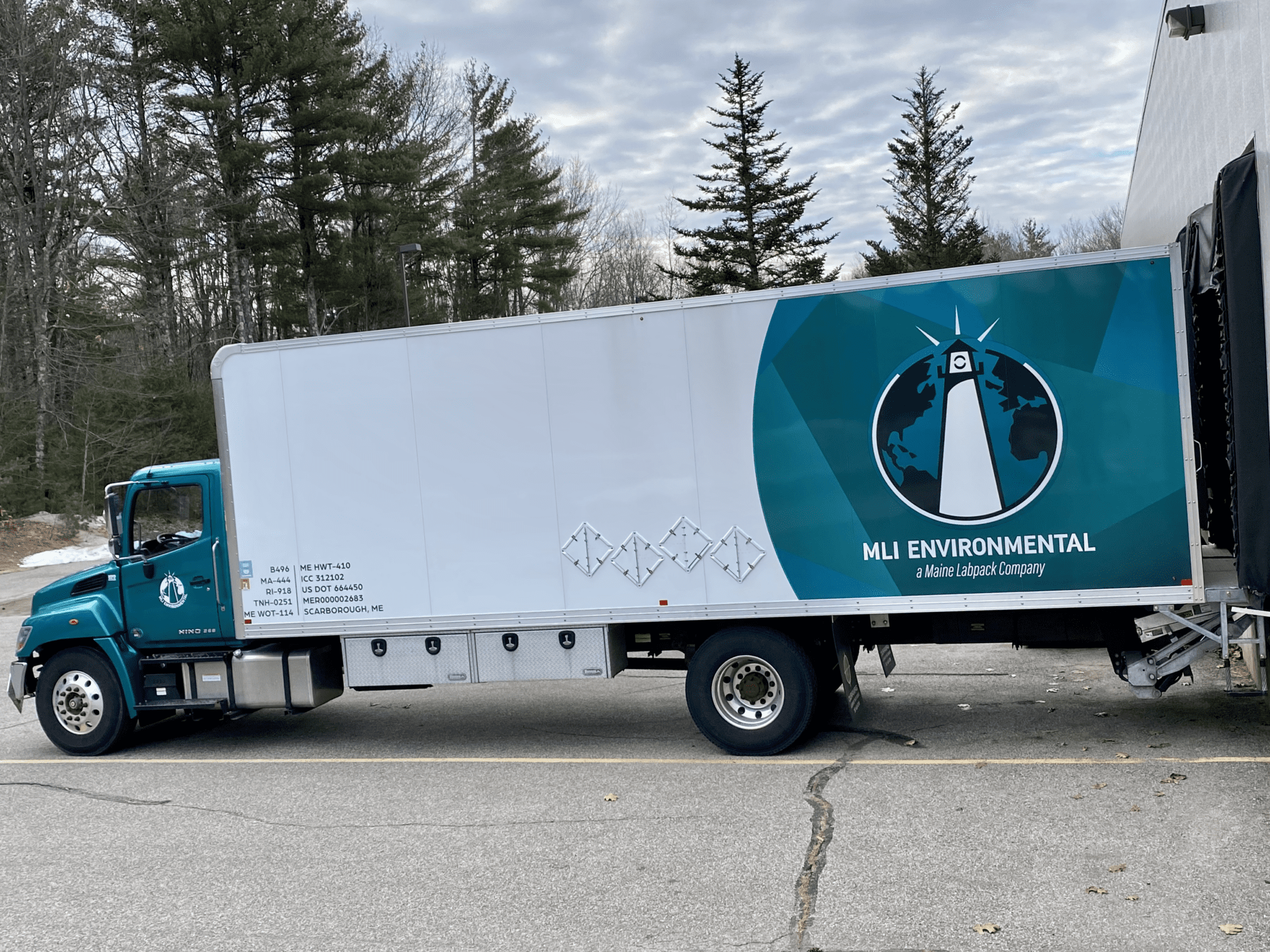
Shipping hazardous materials is no easy task. Any type of material to be shipped—gas, liquid or solid—that can pose a danger to people, property, and the environment is governed by a set of rules and heavily regulated to ensure safety, beginning with those who are preparing the shipping.
What to Know Before Transporting Hazardous Materials
The handling of any type of hazardous material requires training and certification. Before shipping dangerous goods, the U.S. Department of Transportation (DOT) and the International Air Transport Association (IATA) regulations require that only certified personnel may prepare, package, and label hazardous materials for shipping.
 When it comes to domestic or international transportation, not all hazardous materials are as easily identified as poisonous, explosive, or radioactive. In fact, the DOT has classified nine different categories for shipping hazardous materials within the U.S. Though it’s likely people are aware of obvious hazardous materials like corrosive chemicals, infectious substances, combustible gases or liquids, it’s just as likely that everyday, ordinary items such as nail polish, perfume, paint, dry ice, hair spray, and batteries are not considered dangerous goods by most people, even though they are.
When it comes to domestic or international transportation, not all hazardous materials are as easily identified as poisonous, explosive, or radioactive. In fact, the DOT has classified nine different categories for shipping hazardous materials within the U.S. Though it’s likely people are aware of obvious hazardous materials like corrosive chemicals, infectious substances, combustible gases or liquids, it’s just as likely that everyday, ordinary items such as nail polish, perfume, paint, dry ice, hair spray, and batteries are not considered dangerous goods by most people, even though they are.
Whether your company, business, lab, medical or research facility or institution needs to ship hazardous materials internationally or domestically, by ground or air, it must be done by a dangerous goods expert. Even if someone else handles the shipping of hazardous material for your company, you are liable and responsible for packaging and labeling hazardous materials correctly, as well as generating all of the required paperwork for shipping the material. Dangerous goods experts must also remain up-to-date on required training, any renewals of certifications, and new regulations.
Best Practices for Safe Hazmat Shipping
To ensure that best practices for shipping hazardous materials are followed, and avoid fines for non-compliance and any potential legal action that may occur for willfully ignoring or violating hazardous materials shipping regulations, shippers should be aware of the following key responsibilities:
- Understanding the hazard classification for shipped goods, along with the applicable regulations that apply to the material.
- Documentation is essential. The shipper’s declaration must detail exactly what the shipment is, how it is packed and labeled, and by who. Its specific hazard classification—how dangerous the material is and the necessary precautions that must be taken during transport and handling—must also be detailed in the documentation.
- Appropriate hazardous material labeling and stickers. All dangerous goods must be properly labeled with the appropriate HAZMAT stickers. When transporting hazardous material, labeling requirements must be adhered to. The appropriate HAZMAT placards should be placed where they can be easily read on cartons, drums, crates, shipping containers, vehicles, and trailers.
- Know which hazardous materials cannot be shipped together. Mixing classes of materials can lead to a disaster. Some materials cannot be stored, loaded, or transported in the same container and need to be segregated. It’s important to understand the restrictions that may apply to certain classes of hazardous materials. Where some hazardous materials can be transported safely individually, they can become extremely volatile when in contact with other hazardous materials. To understand which materials can be stored and transported together, shippers should review a Hazmat segregation table.
How to Ensure Best Shipping Practices
For expertise, industries and institutions that generate hazardous material and dangerous goods would be better served consulting with a hazmat shipping service. Such companies can classify and identify hazardous material according to DOT and IATA guidelines and regulations. They can serve in a consultation capacity or as the principal shipper.
Consultation may include providing documentation, correct markings, and labels for companies or even preparing empty packages or containers; or detailed instructions with the proper materials needed for a successful shipment. This allows companies to package their own dangerous goods and then bring them to a local carrier for shipment. Consulting could also provide onsite services where companies come to your location and prepare, package, document, and ship the hazardous materials.
Contact the Professionals at MLI Environmental
As a principal shipper, a hazmat shipping service can provide dangerous goods experts to fully prepare shipments to ensure compliance with DOT and IATA guidelines and regulations. This will not only reduce the liability and risk factors for a company or institution but make certain that hazardous materials are shipped correctly. A certified dangerous goods shipper will provide the trained and certified personnel schooled in the rules and regulations. The shipper will also provide the correct labels, packaging, markings, and paperwork.
To ensure best practices for shipping hazardous material, request a quote from MLI Environmental, the leader in domestic and international certified dangerous goods shipping and hazardous waste services across New England.
